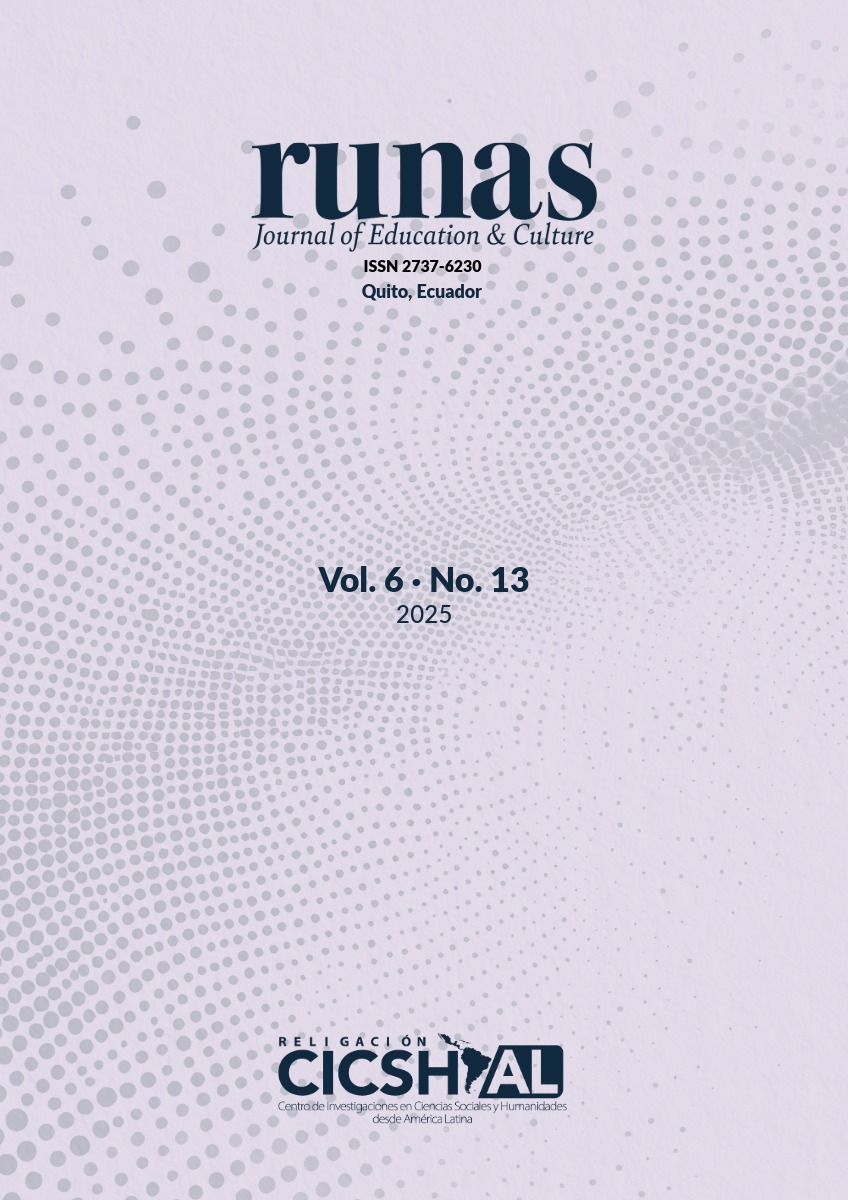Resumo
Em um ambiente turístico global saturado de estímulos e altamente competitivo, compreender como as marcas de destino impactam os viajantes torna-se essencial para a diferenciação e o posicionamento em territórios emergentes. Este estudo aborda essa questão aplicando ferramentas de neuromarketing para analisar a eficácia da marca de destino Riobamba (Equador), com ênfase em seus estímulos promocionais físicos e digitais. O objetivo central é avaliar o desempenho neurocognitivo da marca em termos de atenção, emoção e memória, utilizando uma abordagem quantitativa com um delineamento experimental exploratório. Um protocolo multimodal foi implementado com medidas neurofisiológicas (EEG de alta densidade), medidas oculométricas (rastreamento ocular de precisão) e tarefas comportamentais (priming afetivo, testes de memória implícita e escalas semânticas), aplicadas a uma amostra de 50 turistas. Os estímulos foram apresentados em condições controladas para capturar correlatos atencionais (P1), afetivos (potência gama pré-frontal) e de memória (P300, sincronização teta-gama). Os resultados revelam deficiências significativas na ativação atencional e emocional em resposta aos estímulos da marca. O logotipo da Riobamba gerou baixos níveis de fixação ocular (TTFF = 4,2 s) e reduziu as amplitudes do componente P1 (1,8 ?V), enquanto a ativação emocional foi insuficiente (z = -1,24). Além disso, o reconhecimento da marca foi abaixo do acaso (d' = -0,31), indicando codificação de memória fraca. Conclui-se que a marca do destino Riobamba não atende aos limiares neurocognitivos mínimos para um posicionamento eficaz, e seu redesenho é recomendado com base em evidências neurocientíficas aplicadas.
Referências
Amara, D. F. (2023). Exploring the Impact of Neuromarketing Exposure and Content on tourists’ Emotional Response Leading to Destination Marketing Attention. Journal of Tourism, Hotels and Heritage, 6(1), 19-30.
Costa-Feito, A., González-Fernández, A. M., Rodríguez-Santos, C., & Cervantes-Blanco, M. (2023). Electroencephalography in consumer behaviour and marketing: a science mapping approach. Humanities and Social Sciences Communications, 10(1), 1-13.
Deng, W., Lin, Y., & Chen, L. (2021). Exploring destination choice intention by using the tourism photographic: From the perspectives of visual esthetic processing. Frontiers in Psychology, 12.
Diotto, M. (2024). Neuromarketing: Las herramientas y técnicas de una estrategia de marketing eficaz para creativos y especialistas en marketing. Hoepli Editore.
Dolnicar, S., & Ring, A. (2024). Tourism marketing research: Past, present, and future. Journal of Travel Research, 63(1), 12-27.
Huang, R. Y., Chang, W. J., & Chang, C. Y. (2021). Destination image analysis and its strategic implications: A literature review from 1990 to 2019. Int. J. Tour. Hosp. Rev, 8, 30-50.
Hudson, S., & Hudson, L. (2023). Marketing for tourism, hospitality & events: a global & digital approach. Sage Publications Limited.
Knutson, B., et al. (2021). Neural predictors of purchases. Neuron, 53(1), 147-156
Lei, M., Chen, W., Wu, J., Zhang, Y., & Lv, Y. (2024). Neurophysiological measures in hospitality and tourism: Review, critique, and research agenda. Journal of Hospitality & Tourism Research, 48(1), 3-31.
Moutinho, L., & Cerf, M. (2024). The Future of Neuroscience and Biometrics in Business. Biometrics and Neuroscience Research in Business and Management: Advances and Applications, 333.
Peker, S., Menekse Dalveren, G. G., & ?nal, Y. (2021). The effects of the content elements of online banner ads on visual attention: evidence from an-eye-tracking study. Future Internet, 13(1).
Pieters, R., & Wedel, M. (2007a). Informativeness of eye movements for visual marketing. In P. Wedel, & R. Pieters, (eds.). Visual marketing: From attention to action (pp. 43–71). Erlbaum.
Pieters, R., & Wedel, M. (2007b). Goal control of attention to advertising: The yarbus implication. Journal of Consumer Research, 34, 224–233.
Pike, S., & Ryan, C. (2004). Destination positioning analysis through a comparison of cognitive, affective, and conative perceptions. Journal of travel research, 42(4), 333-342.
Plassmann, H., Ramsøy, T. Z., & Milosavljevic, M. (2012). Branding the brain: A critical review and outlook. Journal of consumer psychology, 22(1), 18-36.
Ramsøy, T. (2019). A foundation for consumer neuroscience and neuromarketing. J. Advert. Res. Work, 1-32.
Shahzad, M. F., Yuan, J., Arif, F., & Waheed, A. (2024). Inside out. Social media videos and destination branding. Neuromarketing using EEG technique. Journal of Islamic Marketing, 15(3), 886-918.
Vecchiato, G., Maglione, A. G., Cherubino, P., Wasikowska, B., Wawrzyniak, A., Latuszynska, A., & Babiloni, F. (2014). Neurophysiological tools to investigate consumer’s gender differences during the observation of TV commercials. Computational and mathematical methods in medicine, (1).
Wedel, M., & Pieters, R. (2000). Eye fixations on advertisements and memory for brands: A model and findings. Marketing Science, 19, 297–312.
Wedel, M., & Pieters, R. (2008). Eye tracking for visual marketing. Foundations and Trends® in Marketing, 1(4), 231-320.
Wei, Q., Lv, D., Fu, S., Zhu, D., Zheng, M., Chen, S., & Zhen, S. (2023). The influence of tourist attraction type on product price perception and neural mechanism in tourism consumption: an ERP study. Psychology Research and Behavior Management, 16, 3787-3803.
Yüksel, D. (2023). Investigation of web-based eye-tracking system performance under different lighting conditions for neuromarketing. Journal of Theoretical and Applied Electronic Commerce Research, 18(4), 2092-2106.

Este trabalho está licensiado sob uma licença Creative Commons Attribution-NonCommercial-NoDerivatives 4.0 International License.
Copyright (c) 2025 Pablo Raúl Manzano Insuasti





